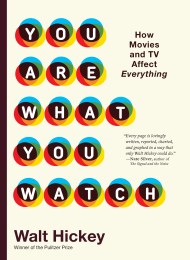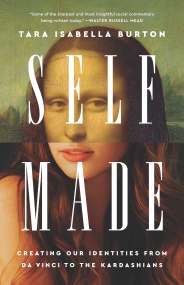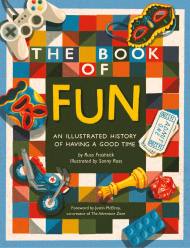By clicking “Accept,” you agree to the use of cookies and similar technologies on your device as set forth in our Cookie Policy and our Privacy Policy. Please note that certain cookies are essential for this website to function properly and do not require user consent to be deployed.
The Mormonizing of America
How the Mormon Religion Became a Dominant Force in Politics, Entertainment, and Pop Culture
Contributors
Formats and Prices
Price
$21.99Price
$28.99 CADFormat
Format:
- Trade Paperback $21.99 $28.99 CAD
- ebook (Digital original) $22.99 $29.99 CAD
This item is a preorder. Your payment method will be charged immediately, and the product is expected to ship on or around July 3, 2012. This date is subject to change due to shipping delays beyond our control.
Also available from:
Stephen Mansfield, the acclaimed New York Times best-selling author, has highlighted the growing popularity of Mormonism-a belief system with cultic roots-and the implications of its critical rise. Mormons are moving into the spotlight in pop culture, politics, sports, and entertainment via presidential candidates like Romney and Huntsman, media personality Glenn Beck, mega-bestselling Twilight author Stephanie Meyer, and The Book of Mormon, the hottest show on Broadway. Mormonism was once a renegade cult at war with the U.S. Army in the 1800s, but it has now emerged as not only the fastest-growing religion, but as a high-impact mainstream cultural influence.
- On Sale
- Jul 3, 2012
- Page Count
- 290 pages
- Publisher
- Worthy Books
- ISBN-13
- 9781683972884
Newsletter Signup
By clicking ‘Sign Up,’ I acknowledge that I have read and agree to Hachette Book Group’s Privacy Policy and Terms of Use







